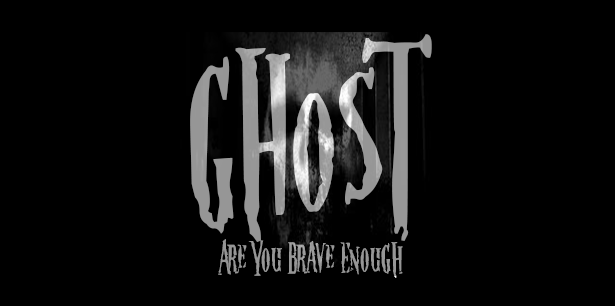In the realm of the supernatural, where untold specters and ungodly evil spirits roam,

lies a chilling pursuit known as ghost hunting. A journey into the heart of darkness, where the line between the living and the dead becomes blurred, and the chilling secrets of haunted locations are unveiled
In this bone-chilling blog post, we shall delve into the twisted world of ghost hunting and the harrowing exploits of lead investigators Gary Taylor and Andrew Ayres from the infamous Ghost Hunter Tours. Brace yourselves, for the haunting and horror that awaits.
The Haunting Allure of Ghost Hunting:
Imagine stepping into the depths of a haunted mansion, the air thick with an otherworldly chill, and shadows that dance with malevolence. Ghost hunting, my friends, is the embodiment of terror and intrigue. It beckons those who dare to confront the unknown, to witness the unexplained, and to come face to face with the unfathomable darkness that resides within the haunted recesses of the world.
Lead Investigators Gary Taylor and Andrew Ayres:
Enter the twisted minds of two audacious investigators, Gary Taylor, and Andrew Ayres. These brave souls possess an insatiable hunger for the macabre, their hearts beating in synchrony with the very entities they seek to confront. Through their bloodcurdling expeditions, they have carved a path through the darkest corners of the supernatural, leaving no stone unturned and no malevolent spirit unprovoked.
Untold Specters and Ungodly Evil Spirits:
Prepare to witness the desolate beauty of haunted locations, where untold specters linger and ungodly evil spirits thrive. Ghost Hunter Tours, under the relentless leadership of Taylor and Ayres, ventures into these forsaken grounds, where whispers of long-forgotten tragedies echo through the corridors. These locations bear witness to unspeakable horrors, as lost souls and vengeful phantoms manifest, desperate to claim the living as their own.

The Echoes of Horror:
In their terrifying pursuit, Taylor and Ayres encounter the echoes of horror, capturing on their state-of-the-art equipment the heart-stopping moans, the bone-chilling whispers, and the ghastly apparitions that defy comprehension. Armed with electromagnetic field detectors, capturing the ethereal energies that surround us, they delve deep into the abyss of the unknown, daring to confront the malevolence that lies within.
The Terrors Unveiled:
It is in the analysis of the collected evidence that true terror takes hold. With their twisted minds, Taylor and Ayres interpret the chilling recordings, amplifying the fear that lingers within each word, each phantom image. They unravel the dark secrets of the spectral realm, revealing the malevolence that seeps into the very fabric of our reality, leaving participants trembling in the wake of unimaginable horror.
An Invitation to the Abyss:
Ghost Hunter Tours, guided by the perverse minds of Taylor and Ayres, is an invitation to plunge headfirst into the abyss. It is a dance with the devil, a tango with terror, and an opportunity to explore the realms where mortal fears collide with the supernatural. But beware, for in the pursuit of answers, there lies the risk of awakening forces beyond comprehension, ungodly entities that may linger long after the tour has concluded.
In the grim domain of ghost hunting, where the veil between the living and the dead is frail, Ghost Hunter Tours led by Gary Taylor and Andrew Ayres offers a harrowing adventure into the heart of horror. Untold specters and ungodly evil spirits await those who dare to step into the shadows. With each chilling expedition, the investigators unravel
the mysteries of haunted locations, conjuring spine-tingling fear and confronting the malevolence that lurks within. If you possess the audacity to confront your darkest fears, join Ghost Hunter Tours, but remember, once you step into the abyss, you may never return the same.








